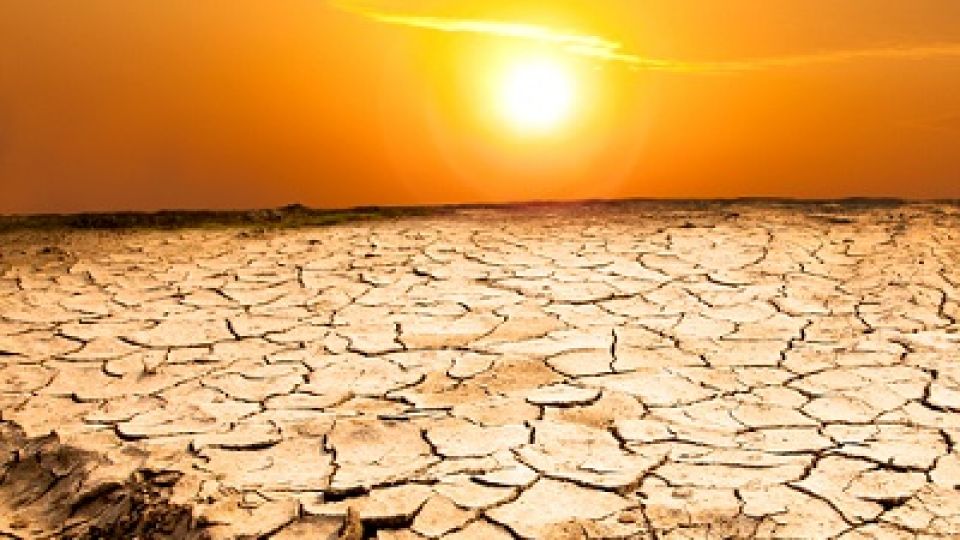by SAVIOUS KWINIKA
JOHANNESBURG, (CAJ News) – A CHANGE to hotter conditions is a looming challenge in the agricultural sector in the Southern African region.
An expert has raised concern about this change from favourable rains to the drier conditions, at a time of the deepening energy crisis continuing to present problems for different parts of the agricultural sector.
South Africa, a net exporter of grain in the Southern African Development Community (SADC) region, is the epicentre of the dry spell.
No less than eight people have been reported dead from the heatwave that swept across the country in recent days. Temperatures have soared above 40°C in some areas.
“We are concerned about the impact of the hot weather, parts of South Africa has been experiencing,” Michael Currin, Acting Director-General of the Government Communication Information System, lamented.
Wandile Sihlobo, chief economist at the Agricultural Business Chamber (Agbiz), noted the challenge of El Niño-induced drought will not be limited to South Africa but will be felt across Southern Africa.
He highlighted that the last intense drought cycles led to increased food insecurity in the 16-nation regional bloc with an estimated population of 379.69 million people people.
“This is a particular risk if the upcoming summer season is dominated by drought,” Sihlobo said.
He urged policymakers in the region to be aware of this creeping challenge and plan accordingly to support communities that heavily rely on agriculture.
Sihlobo said in South Africa, even more worrying is that the agricultural regions that irrigate face continuous interruptions due to load shedding.
The country, which is the region’s biggest economy, is experiencing its worst ever series of load shedding as power utility, Eskom, battles to meet demand.
South Africa has had a good four seasons of La Niña-induced above-average rains from 2019/2020 to 2022/2023, meanwhile.
These supported agriculture, leading to higher yields across various field crops, fruits, and vegetables. The livestock industry also benefited from improved grazing pasture.
“Having four consecutive La Niña seasons was unusual,” Sihlobo explained.
“The typical cycle is two seasons of higher rainfall followed by normal to drier seasons.”
Sihlobo noted that excluding the current trend, the only other similar period in the recent past ran through 2007/2008, 2008/2009, and 2009/2010 production seasons.
Scientists at the International Research Institute for Climate & Society at Columbia University have warned of the likelihood of El Niño kicking in later this year.
In its update of January 19 the institute stated that the likelihood of El Niño remains low through May-July 2023 (44 percent chance), but becomes the dominant category after that with probabilities in the 53 percent – 57 percet range.
Southern Africa is among the regions worst hit by climate change.
This causes severe droughts and cyclones.
The Famine Early Warning System Network (FEWS NET) reported that an erratic rainfall since November had resulted in “abnormal dryness” in much of Botswana, central and southern parts of Zimbabwe, southern Mozambique, and north-central parts of South Africa.
It noted an “abnormal heat hazard” is posted in some of those regions.
– CAJ News

